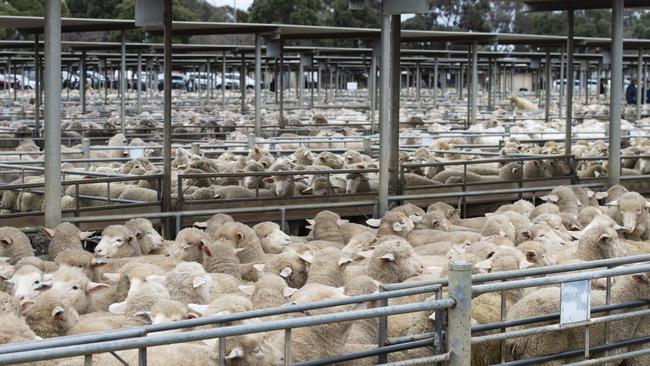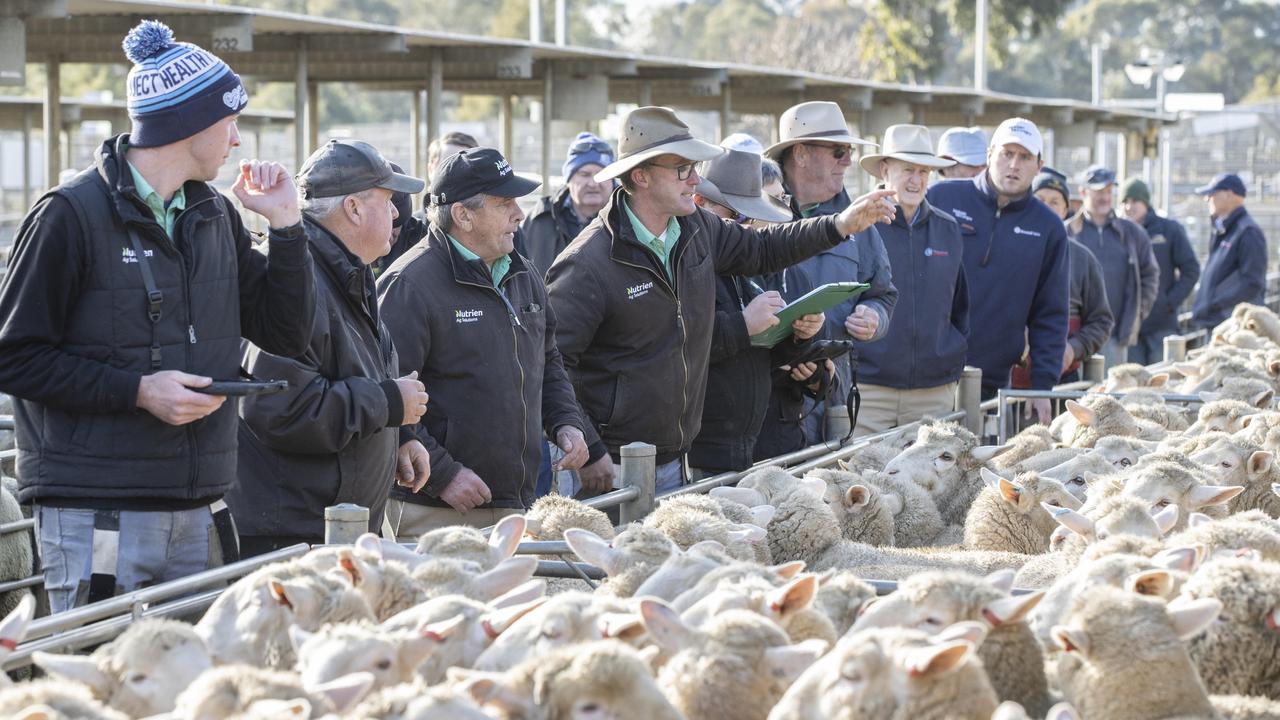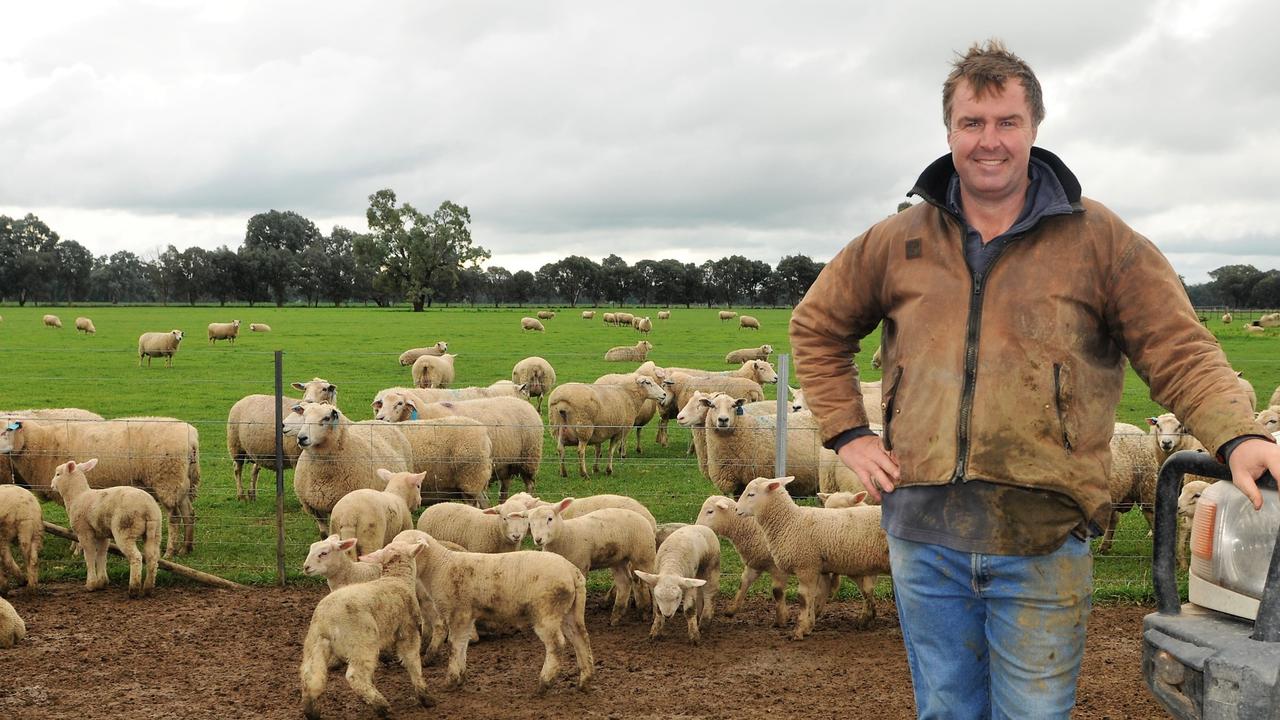New report shows how meat prices impact consumer’s demand for lamb
A new study has broken down consumer habits into a simple metric on how meat prices play out on demand for lamb.

If beef prices rise 10 per cent in the United States, demand for lamb goes up about 7 per cent, according to a new report published this week by the University of Texas.
The report puts some interesting figures around the metrics of meat pricing and consumer behaviour.
The analysis was centred on lamb as part of a report into the effectiveness of the US’s lamb check-off program, which collects a small fee from every stock transaction to fund domestic lamb promotion in the US.
It is similar to how Australia uses mandated transaction levy from the sale of cattle, sheep and lambs to raise money for industry promotion and research and development.
In the US the fee for store or feeder lambs and sheep is calculated on weight at a rate of 0.007c per pound (100 pounds equals 45kg liveweight and calculates out to 70c) while there is a set fee of 45c for stock sent to slaughter.
As is usually the case for these industry programs the number crunchers were able to conclude that America’s lamb checkoff program was delivering great returns for US producers in terms of boosting consumer demand for lamb and increasing retail values.
The fascinating part of the document, published by the Department of Agricultural Economics Texas A&M University, was the interplay for lamb in regards to other key meat competitors of beef, pork and chicken.
The study found that US consumers are sensitive to price movements for meat and do substitute beef and pork for lamb, but not chicken.
The key findings were:
A 10 PER cent increase in the price of lamb results in about a 6 per cent decline for the product.
A 10 PER cent increase in the price of beef results in a 6.8 per cent increase in demand for lamb.
A 10 PER cent increase in the price of pork results in a 1.2 per cent increase in demand for lamb.
THERE was no statistical significance for changes to poultry prices on lamb sales.
The summary was: “The econometric results indicate that beef and pork are substitutes for lamb, but the implication of the period of analysis is that lamb consumers do not consider poultry to be a substitute for lamb”.
“While the pork price was found to be a statistically significant determinant of lamb demand, its effect on lamb demand is less than that of beef.”
It’s rare to see consumer habits broken down into a simple metric on how meat price plays out on demand for lamb.
Ultimately the message is the better the price point for lamb, in comparison to other meats, the better it sells.
Which helps explain why Australian lamb processors have been willing to ramp up production, as the price point for lamb and mutton has been highly competitive in recent months.
The latest slaughter figures show Australia reached a record lamb kill of more than 500,000 in the seven days from March 15 to 22, according to Meat and Livestock Australia.
It is the first time production has crossed the half a million mark, coming in at 506,433. It was led by Victoria with 252,144 lambs to be up a massive 49 per cent on year ago levels. In NSW production was 125,689 lambs for a more modest increase of 14 per cent.
Add in the weekly sheep kill and the combined small kill production of mutton and lamb reached a new overall record of 687,772.
MLA senior market information analyst Erin Lukey said the big production week had helped push this year’s overall lamb and sheep production well ahead of year ago levels.
“Year to date figures reveal that combined (lamb and sheep) slaughter is tracking at approximately 1.4 million head, representing a substantial 22 per cent over the 2023 slaughter numbers,” Ms Lukey said.
“Lamb slaughter is up by 26 per cent and sheep slaughter is up by 13 per cent.”
Cattle slaughter is also tracking at high levels.
Production for the week March 15 to 22 was 136,503 cattle processed, making it the largest beef kill since April 2020, MLA said.
Processors in all states have lifted their cattle throughput, led by Queensland which recorded throughput of 70,961 to be the highest in nearly three years.
Victoria’s production was 19,582 cattle which was the highest for the state since early 2021 and was a massive 6500 cattle higher than this time last year.




